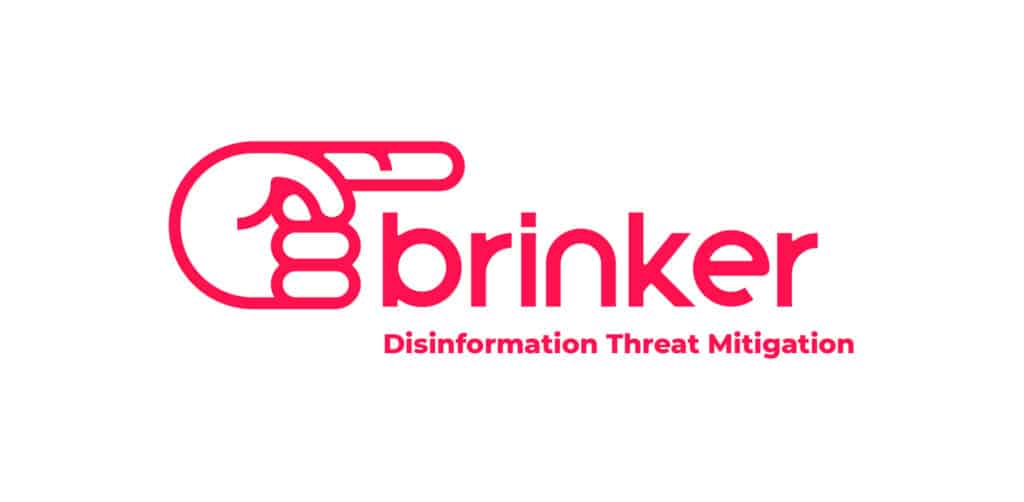How do you take some of the world’s largest online brands offline in a matter of minutes? If yesterday’s events are any guide, you do it by finding a gullible employee at vulnerable, downstream partner that those companies didn’t even know they had. That’s the lesson that appears to be emerging in the aftermath of yesterday’s chaotic tug of war between hackers who claim affiliation with The Syrian Electronic Army and some of the world’s leading online brands, including The New York Times, Twitter and Huffingtonpost.com. The attacks on Tuesday saw traffic to sites owned by those firms directed to web servers controlled by the attackers which displayed messages in support of the regime of embattled President Bashar al-Assad. According to a story in The New York Times, the attackers were able to compromise systems operated by Melbourne IT, an Australian domain registrar used by many prominent firms. With access to […]
Recent Posts
ARM Buys Software Maker Sensinode To Spur IoT Development
We have noted before how the lack of cross-industry standards (including those governing security) is a major stumbling block to the Internet of Things. This is especially true in the enterprise space, where the security of data that might be passed between Internet-connected devices is paramount, but not well addressed by the current generation of (PC-centric) security products. As with so much in the fast-emerging Internet of Things, change on this score will come from unlikely places, as we see with the news today about ARM acquiring the Finnish software maker Sensinode Oy – a major player in the market for software to power connected devices. The news, which was announced on Tuesday, will join ARM – a leading maker of chips that power mobile devices – with Sensinode, which has pioneered software and software standards for low-power devices used in everything from mobile phones and tablets to wearable computing. Following […]
Podcast: Made In China, Secured In The U.S.
We’ve written a lot about the threat posed by nation-state sponsored hackers to U.S. corporations and the economy. So-called “advanced persistent threat” (or APT) style attacks against corporate and government networks have been linked to the theft of sensitive data and intellectual property. Difficult as it is to stop APT attacks against networks, it’s even more challenging to identify threats one-step removed from direct attacks. Lately, attention has shifted to vulnerabilities in the supply chain of companies selling networking gear, servers and other critical IT components. Concerns about corrupted products from foreign suppliers were enough to prompt the U.S. Congress to hold hearings focused on the threat posed to government agencies by Chinese networking equipment makers like Huawei and ZTE. In this week’s podcast, The Security Ledger talks with Jerry Caponera, of Cyberpoint International. Cyberpoint is a Baltimore, Maryland firm that sells Prescient, a service that verifies where true vulnerabilities exist […]
SANS’ Pescatore: Security Needs Rethink For Internet Of Things
Our friends over at InfoSecurity Magazine have an interesting interview with SANS’ Director of Emerging Security Trends John Pescatore about security and The Internet of Things. Pescatore gets a somewhat skeptical hearing from the enterprise-focused IT security publication. (“Granted, it’s unlikely that anyone would be sending a car an email with a malicious executable, but that doesn’t mean there aren’t threat vectors for hackers to exploit,” InfoSecurity opines, by way of an introduction. Oh really?) But Pescatore brings a “deep field” view to this topic, noting that the security issues around IoT are already upon us in the spent almost two decades as Gartner’s Obi-Wan Kenobi for security, where he advised companies and technology vendors on the best way to navigate the shifting sands of the IT security space. Speaking to InfoSecurity, Pescatore says the 100,000 foot message is: ‘let’s learn from our mistakes.’ Specifically, that means not looking at intelligent devices, including […]
The Stylish Sensor: Canary Poised To Take Flight
We’re still in the early days of the fast-emerging Internet of Things, but we can already identify some areas where inexpensive, remote sensors and other IP-enabled stuff will be transformative. Entertainment is one – and we’re already seeing the emergence of “smart TVs” that upset traditional boundaries between personal computing devices and viewing devices. Another market that’s being shaken is the one for home security systems. Anyone who has visited an electronics store or discount warehouse has seen packages of inexpensive, wi-fi enabled cameras that can be used to monitor the goings-on in and about your home “Scarface style.” Those DIY systems pose a threat to firms like ADT, GE and Tyco, which have been selling home security systems and monitoring services for decades. But you’re really setting the “paranoia” bar pretty high if you want to ask someone to install all those cameras, wire them up and then monitor […]






